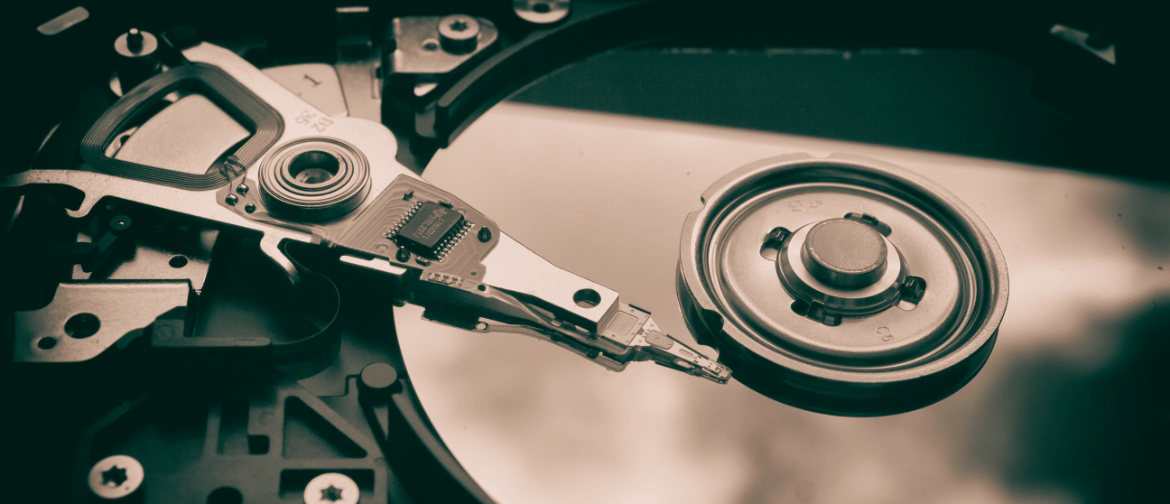Signs It's Time to Upgrade Your IT Infrastructure
Roman Wolf • September 12, 2023
Digital Infrastructure. Not many care to see it. Not many care to deal with it.
However, much like the power, water, or sewerage infrastructure in your homes and cities, it is vitally important to maintain it.
Like with other physical services, digital equipment deteriorates over time. In the digital world, this is often at a faster cycle than physical infrastructure. In a digital world, there’s software, and firmware (the software integrated into much of the hardware) to contend with. Recognising the signs that it's time for an upgrade is crucial to staying competitive and secure in this digital age. In this article, we will explore five indicators that signal it's time to invest in upgrading your IT infrastructure.
Reduced productivity and increased downtime
One of the most obvious signs that your IT infrastructure needs an upgrade is when you experience frequent downtime and sluggish performance. If your employees are constantly frustrated by slow technology, unresponsive software, or system outages, it's time to take action. Outdated hardware and software can significantly hamper productivity and business services. Upgrading to the latest technology can provide the speed and reliability your organisation needs to thrive.
Downtime is often increased by lack of the right support. If you’re seeing frequent delays with changes or fixes, this could be a sign that your vendors are struggling to support aging systems. Vendors will not indefinitely support an old product or service, and training new staff to look after older systems is usually not invested in.
Compatibility or compliance issues
Related to the above, eventually compatibility issues begin to show up. Most often this happens when a newer system, has to be used on an older system. The new system is up to date, and will only work with relatively up to date systems. The Old system isn’t up to date, or doesn’t use relatively new software. One day the new system updates past the point that the older system functions. If this is a critical system, then you wont be able to access it, or potentially worse, you may need to revert, or disable updates, in order to continue to use it
On the flip side, some industries are subject to compliance requirements. Outdated systems can make it challenging to meet these obligations. Failing to meet these can result in hefty fines, legal action, or the inability to continue to trade. Keeping up with this will help avoid these issues
Cyber security risks and compliance challenges
Every piece of software can have flaws. When software is maintained, this often includes patching up those flaws. When software (including firmware) is not maintained, or not able to be maintained, any flaws found may never be resolved, leaving a gaping hole in your systems.
Cybersecurity threats are constantly evolving, and older IT systems are (generally) more vulnerable to attacks. If you're using outdated software or hardware that no longer receives security updates, your business is at risk. Data breaches and cyberattacks can lead to severe financial and reputational damage. Keeping your IT infrastructure up to date is essential to protect sensitive information and maintain the trust of your customers.
Your organisation is growing rapidly
As your business grows, your IT infrastructure needs to be able to scale with it. Outdated systems may not have the flexibility to accommodate increased workloads, the integration of new technologies or other methods of doing business. If you find that expanding your IT infrastructure is a constant struggle, it's a clear sign that an upgrade is needed. A modern, scalable IT environment can support your business's growth objectives and adapt to changing demands.
IT costs increase, or your vendors advise to upgrade
Aging IT infrastructure often comes with higher maintenance and support costs. As hardware and software become obsolete, finding replacement parts or qualified technicians can become more expensive and time-consuming. Investing in newer technology may initially seem costly, but in the long run, it can lead to significant cost savings through reduced maintenance expenses and improved efficiency.
In today's dynamic digital landscape, remaining competitive and safeguarding your business demands a proactive stance towards your IT infrastructure. Identifying these crucial signs that signal the need for an upgrade is key for your organisations sustained success. Whether that's addressing performance bottlenecks, enhancing security, enhancing scalability, ensuring compliance, or reducing maintenance and associated costs, these steps are pivotal for maintaining a robust technological foundation. Waiting until outdated technology becomes a liability is not an option. Take action to upgrade your IT infrastructure, and you'll position your organisation for a future filled with new opportunities and resilience.
Recent Posts




